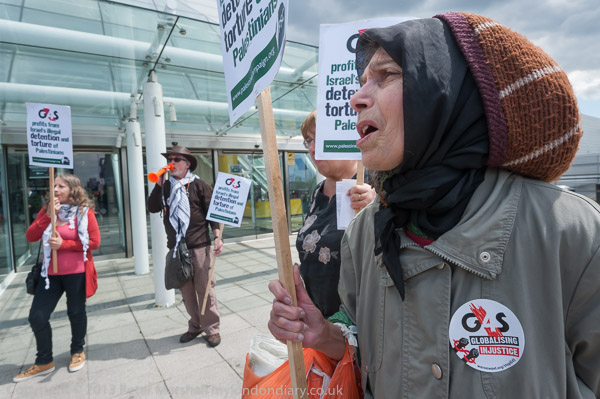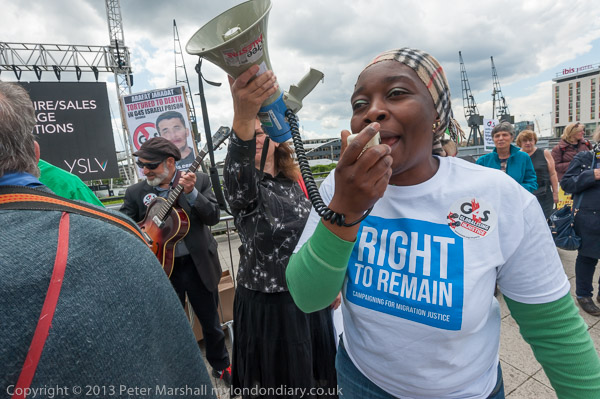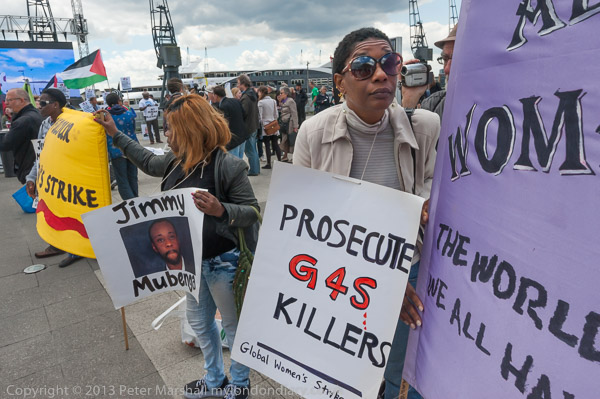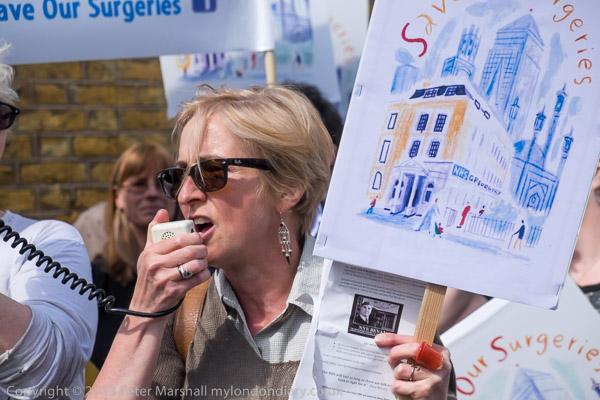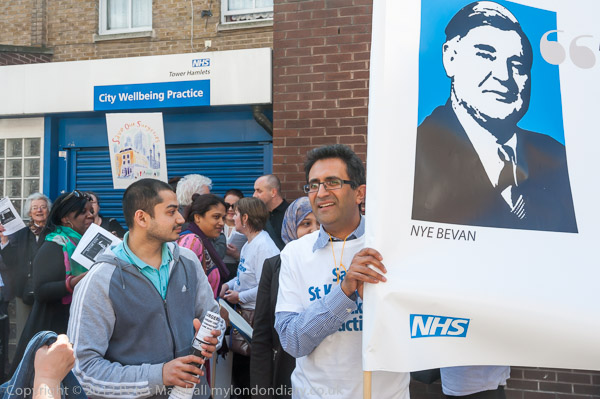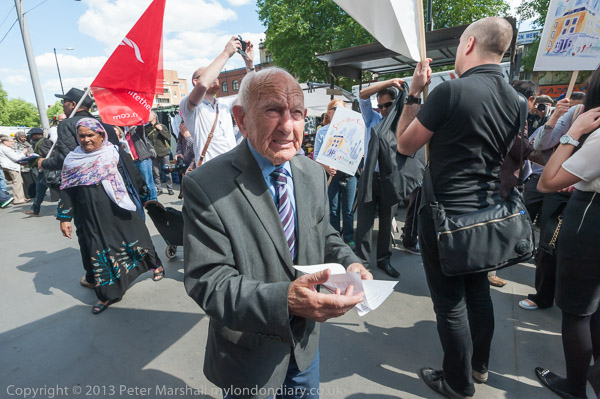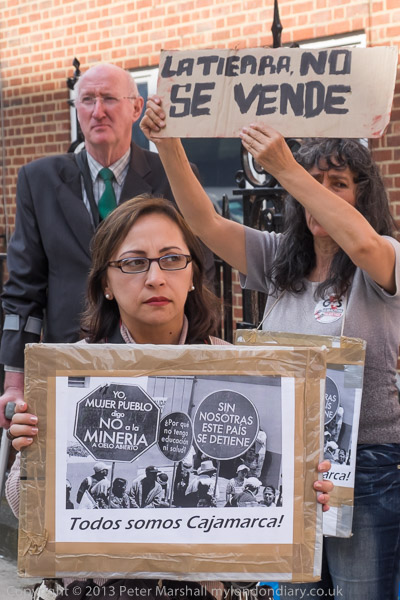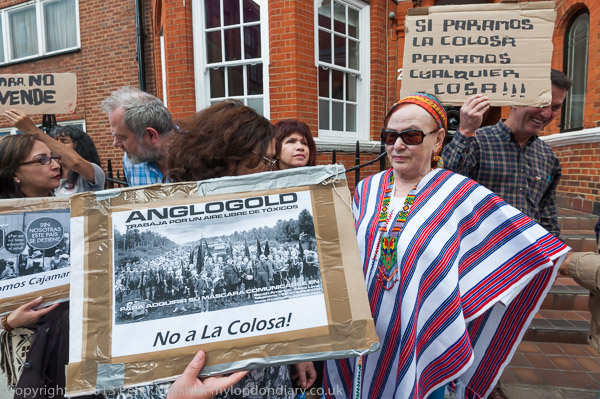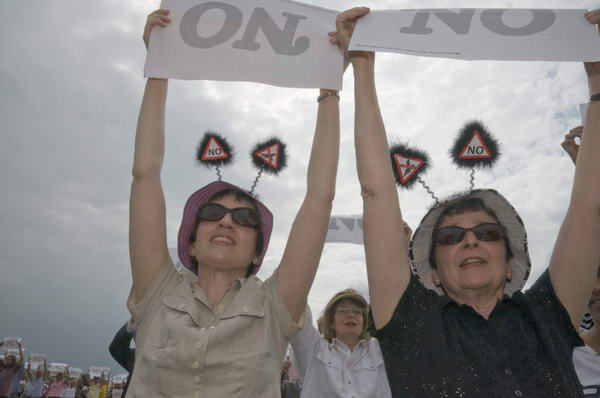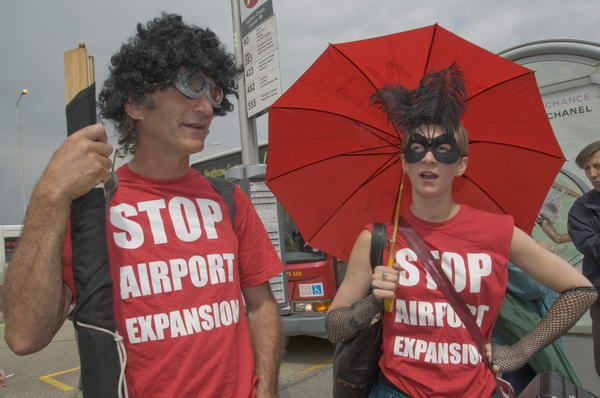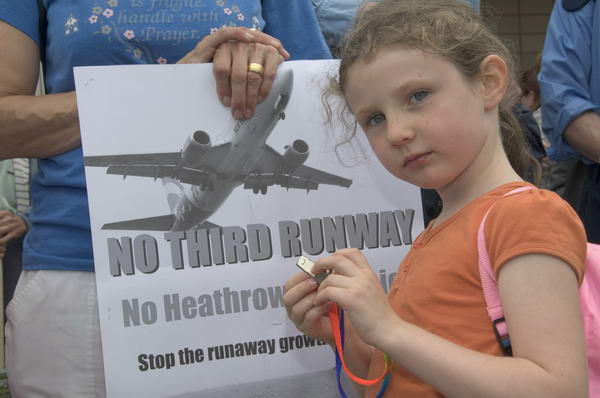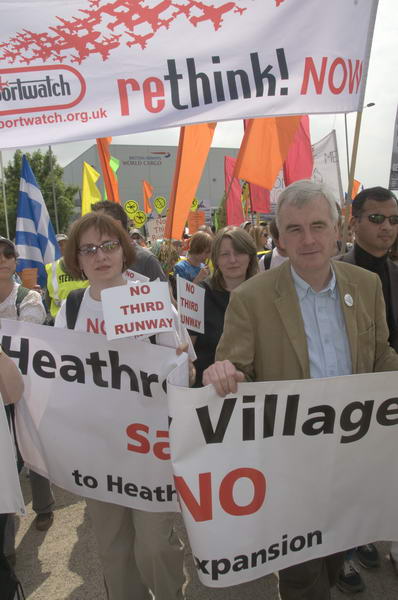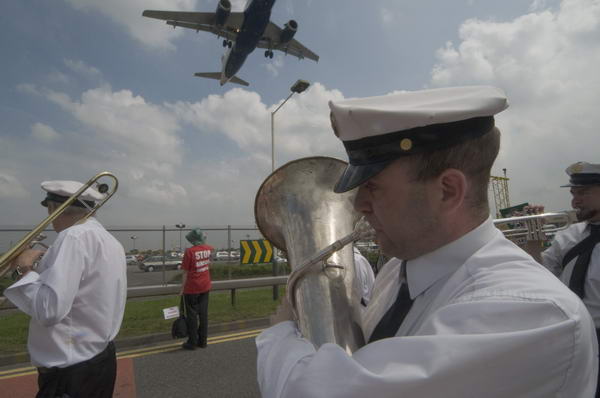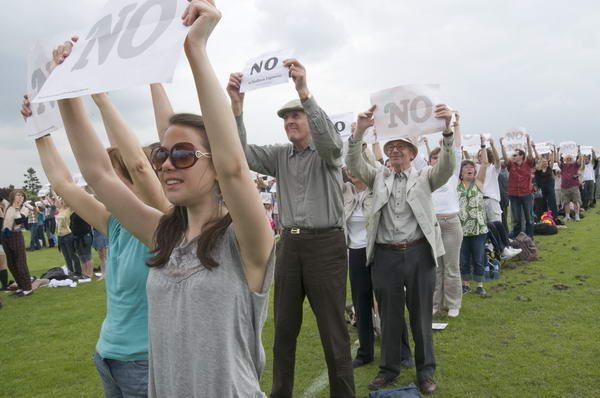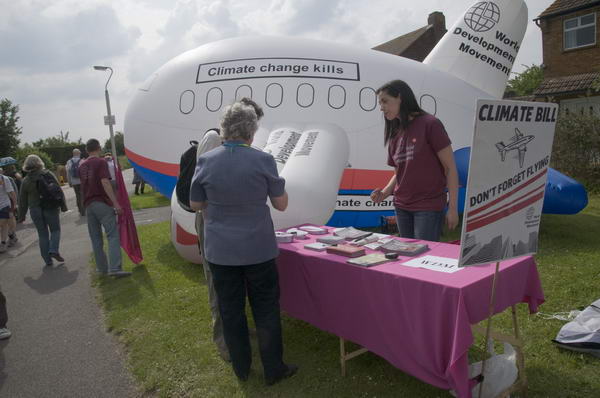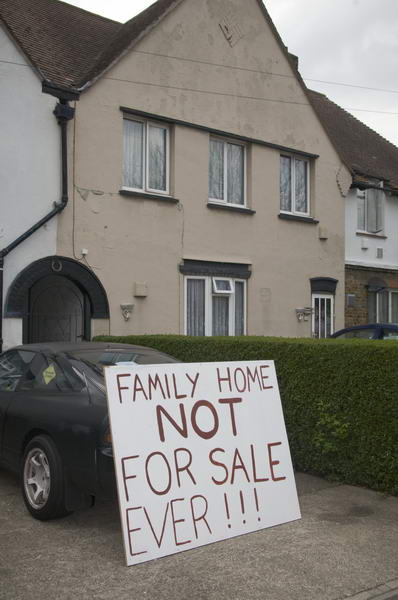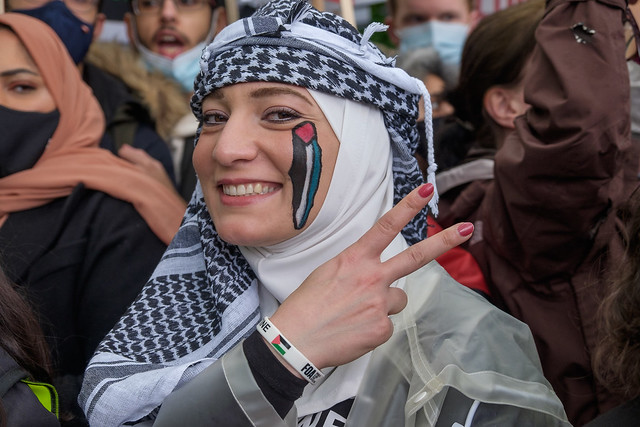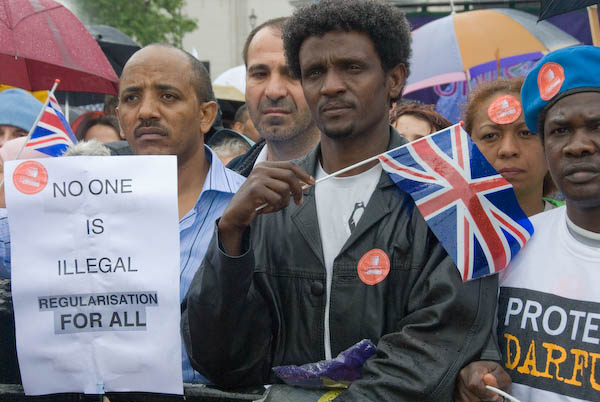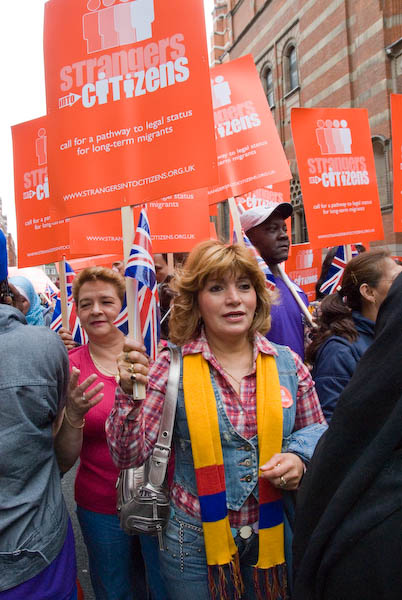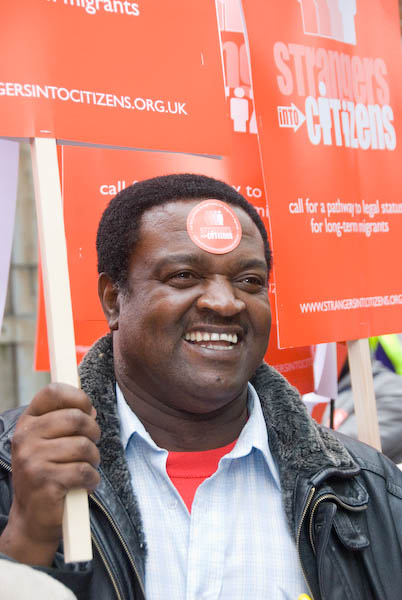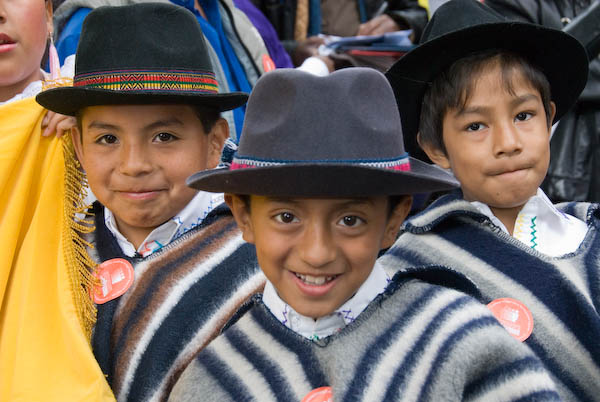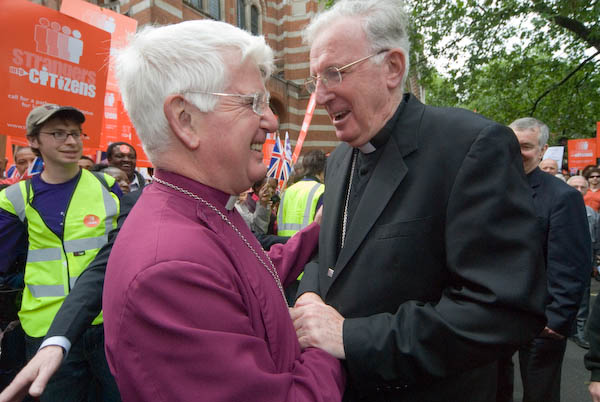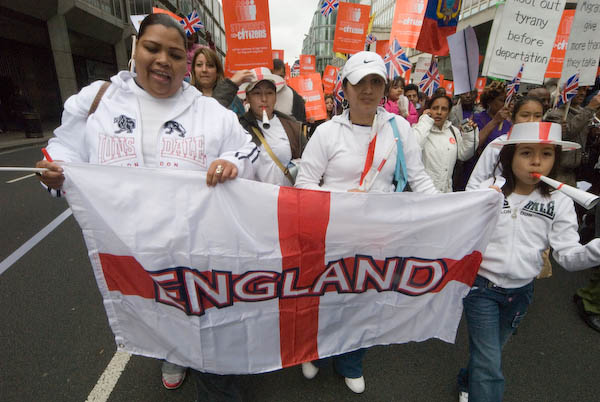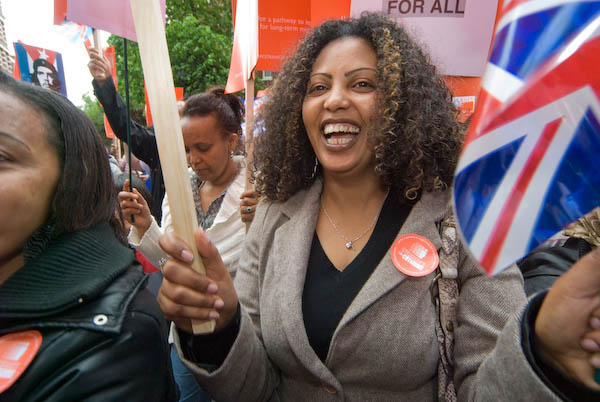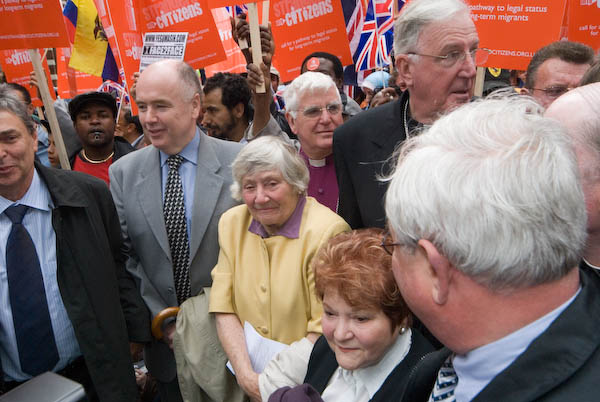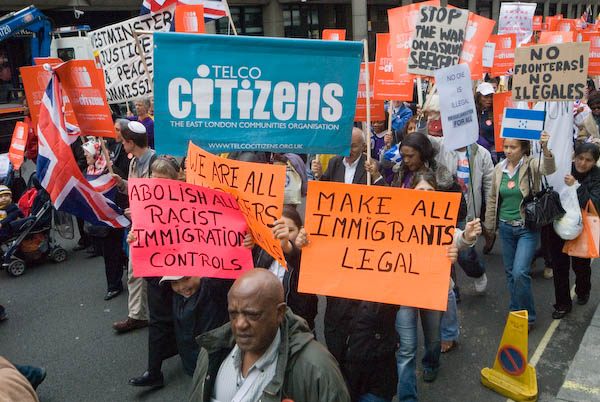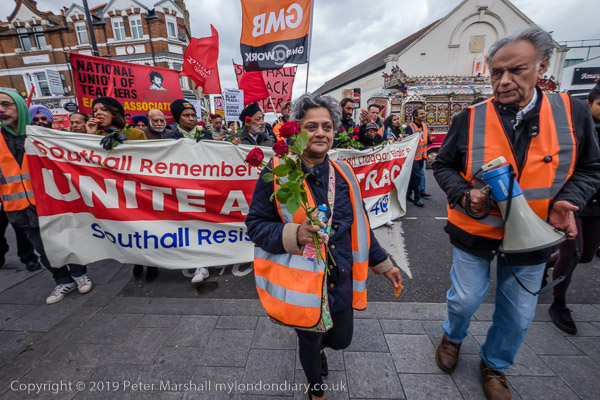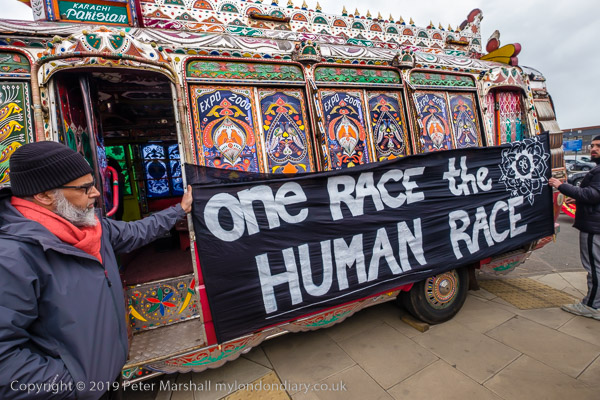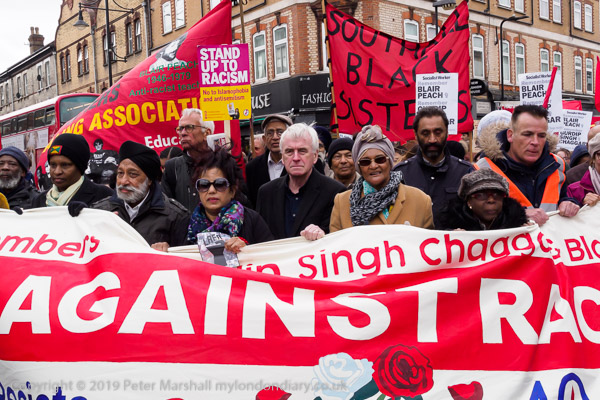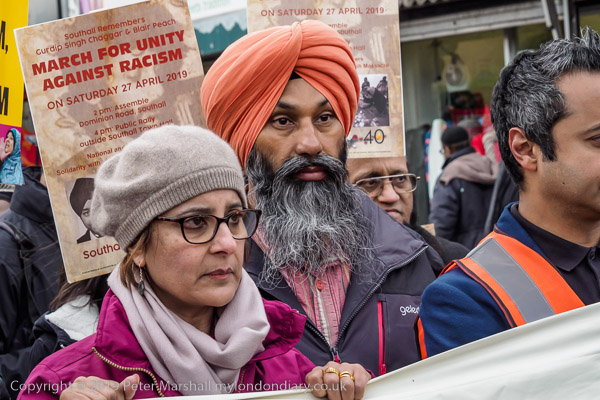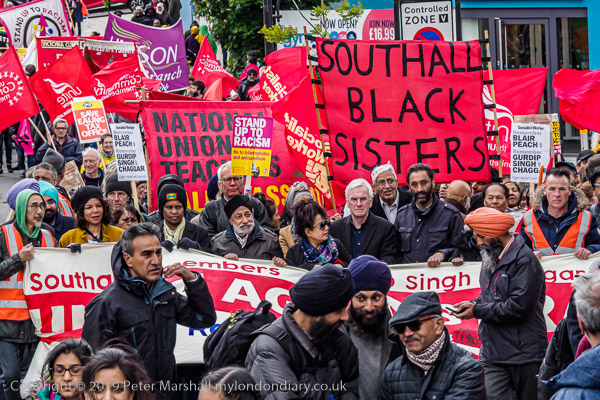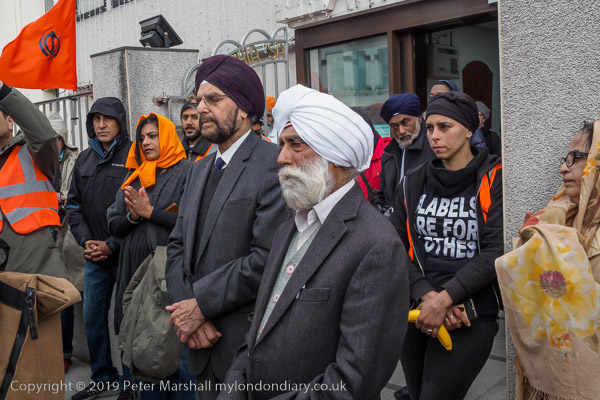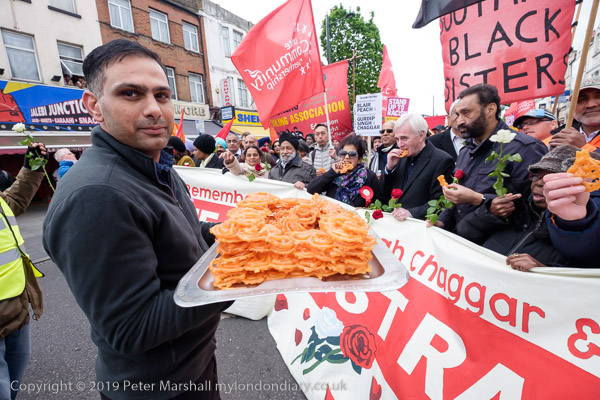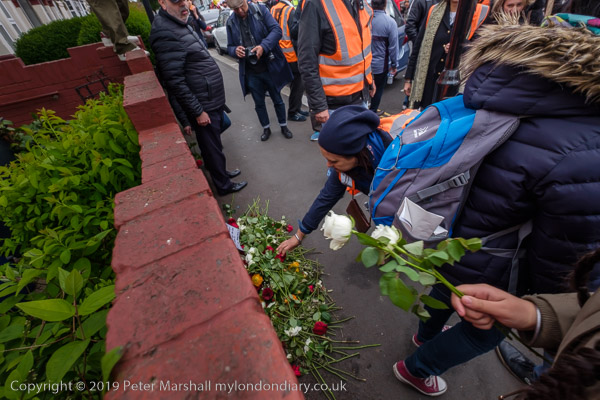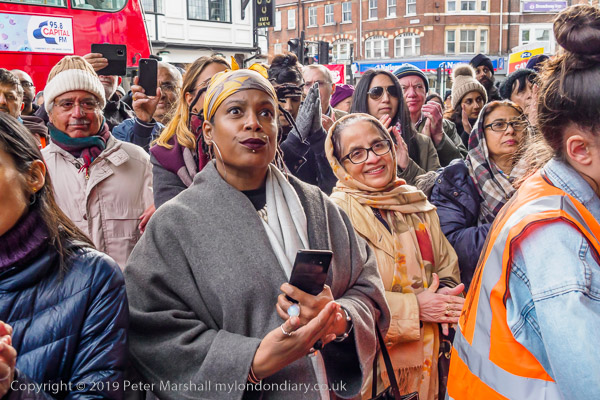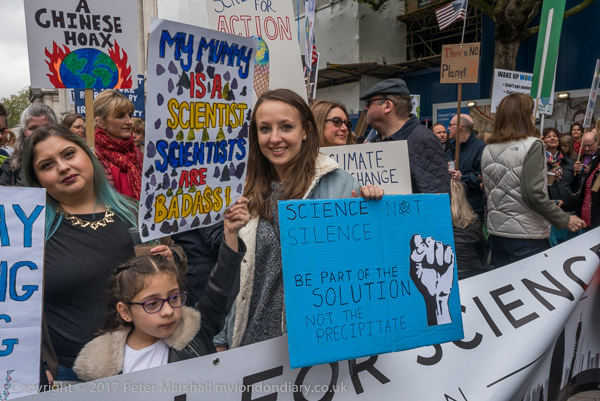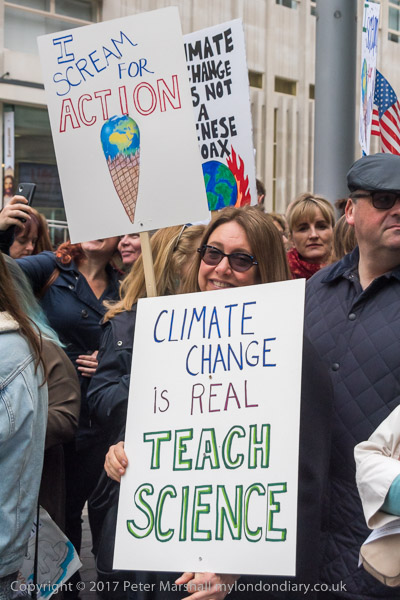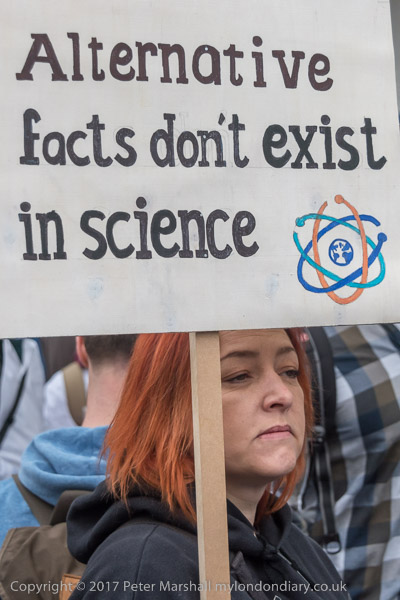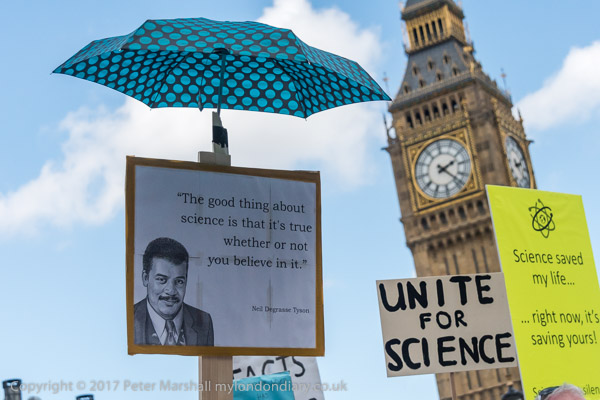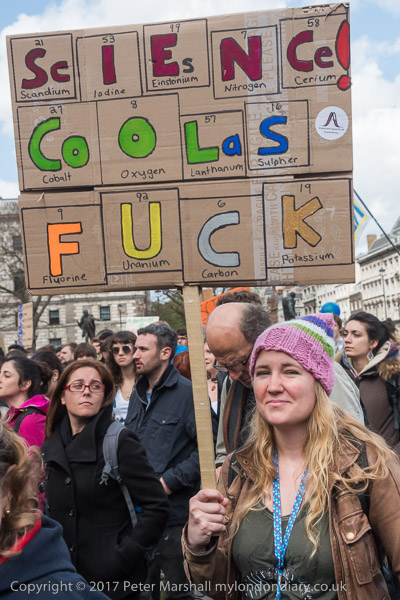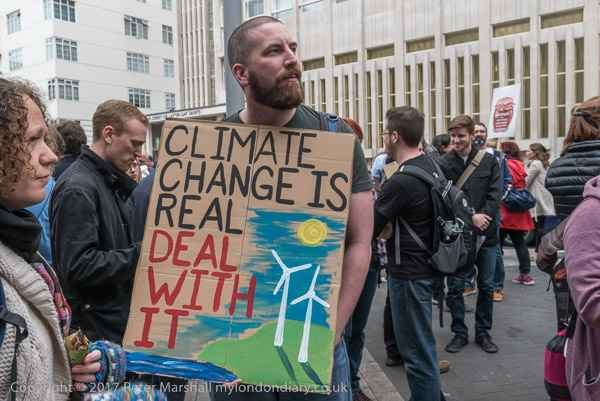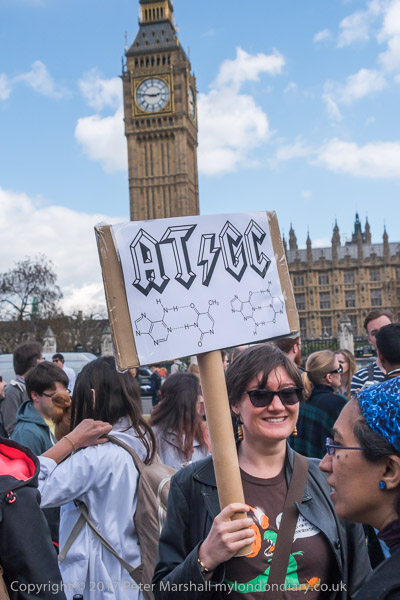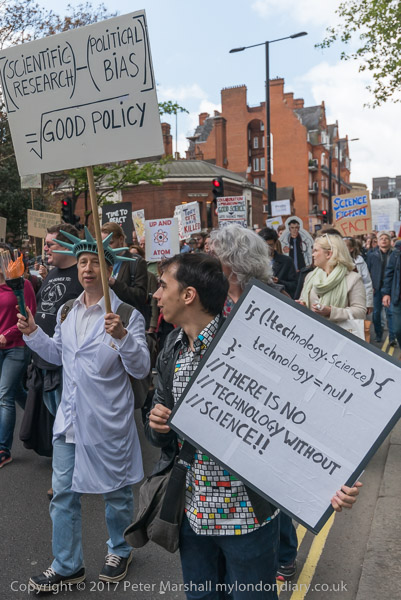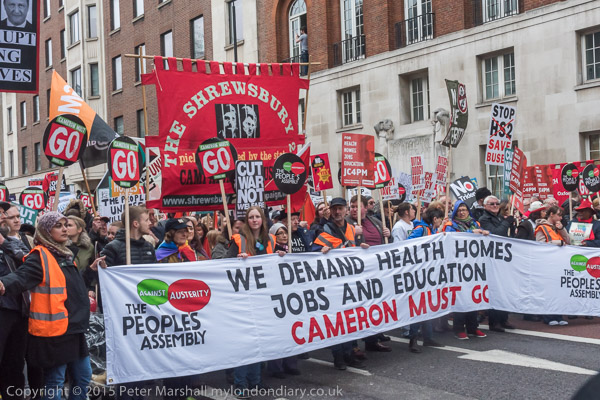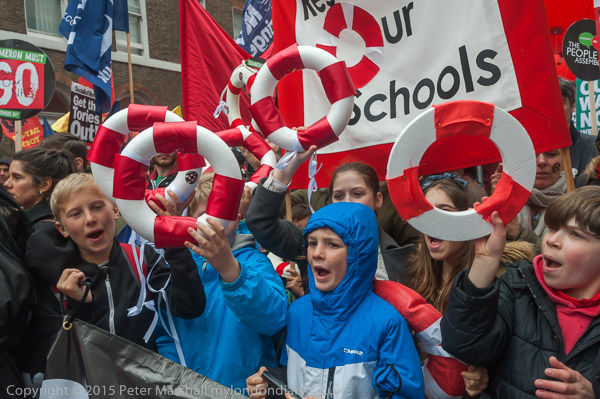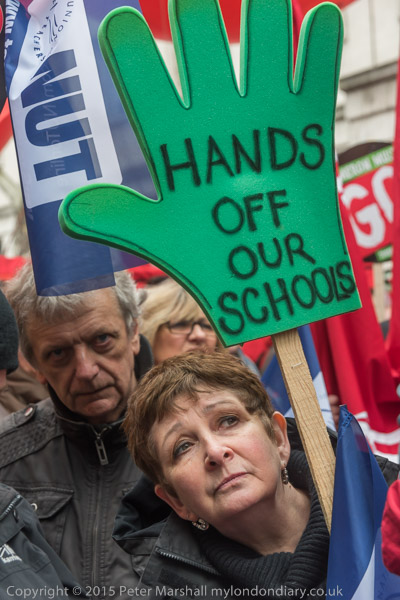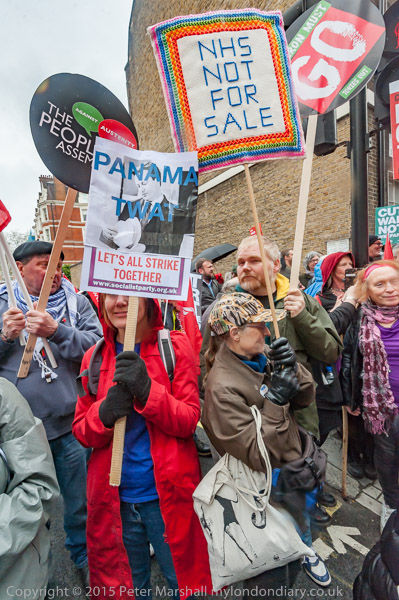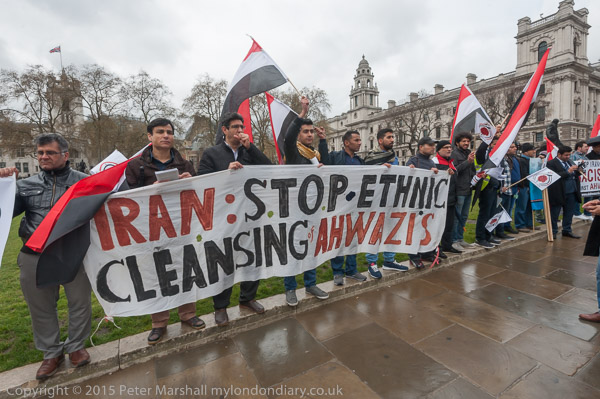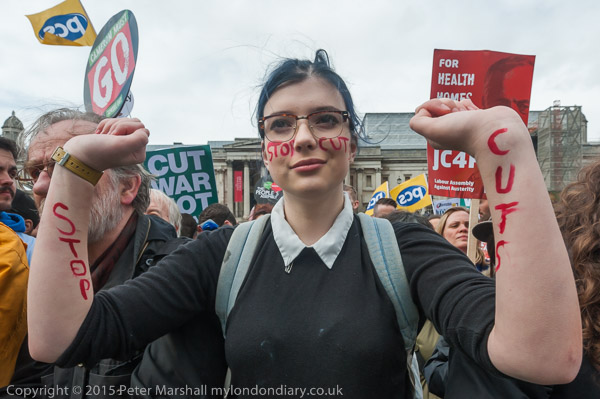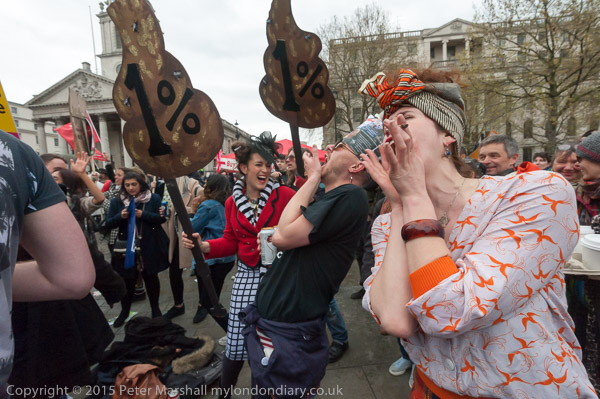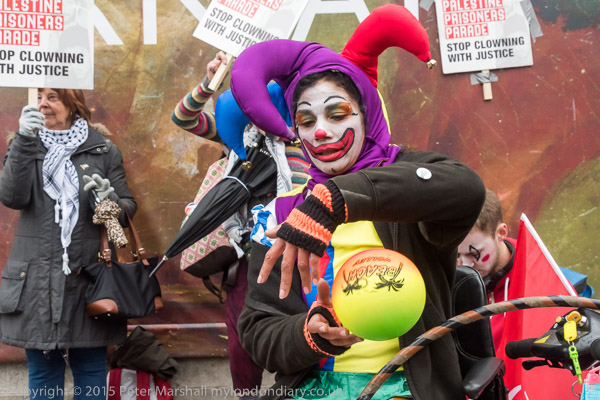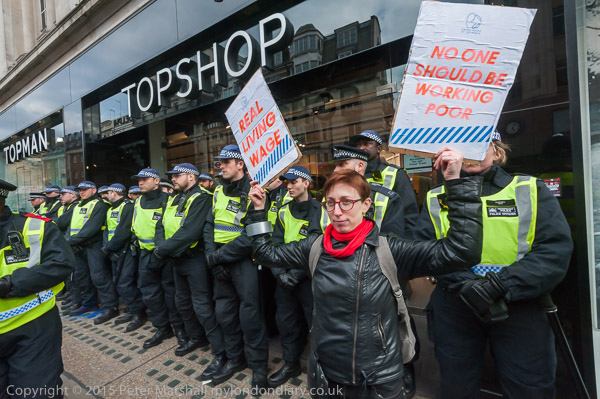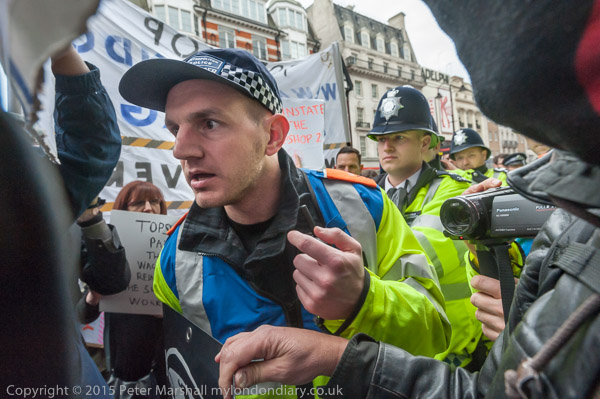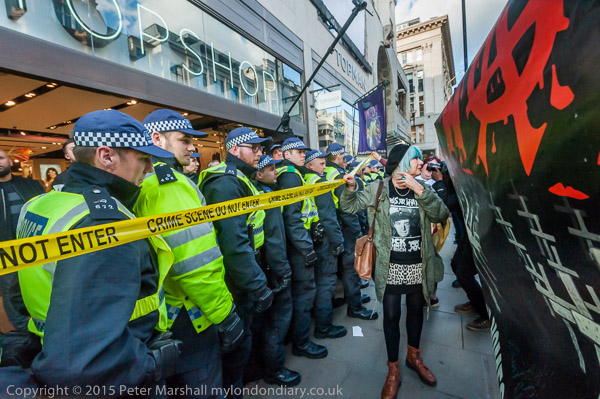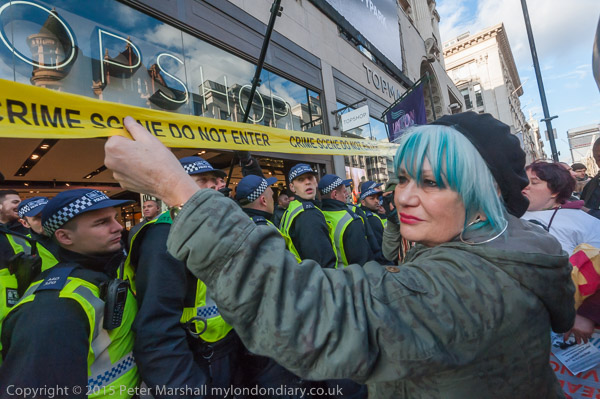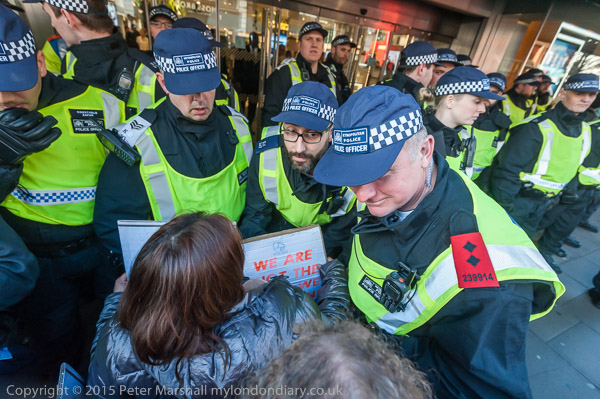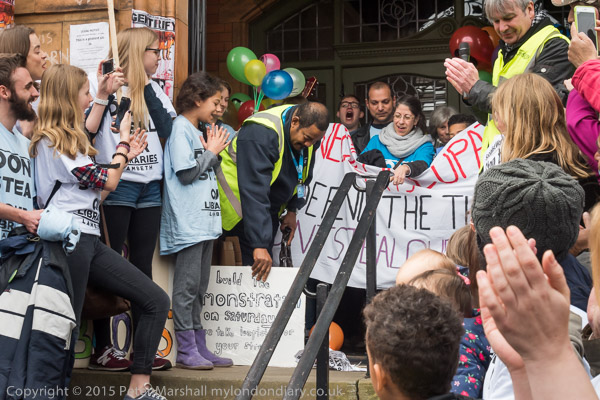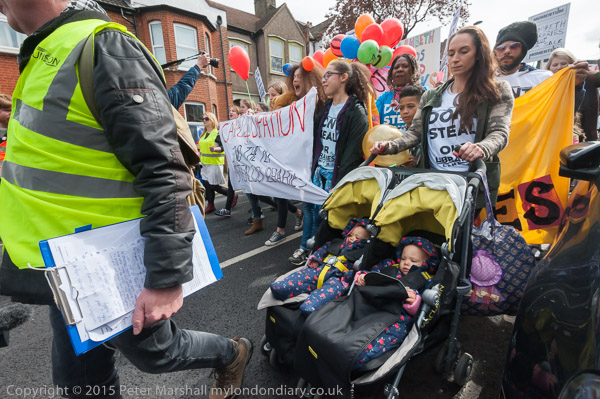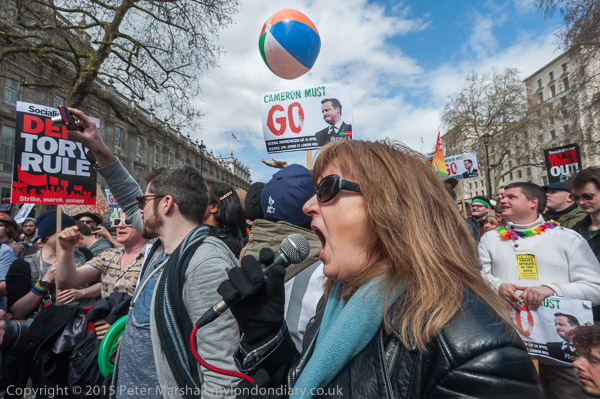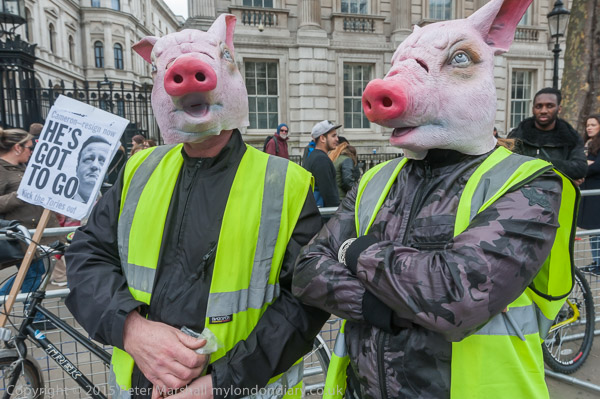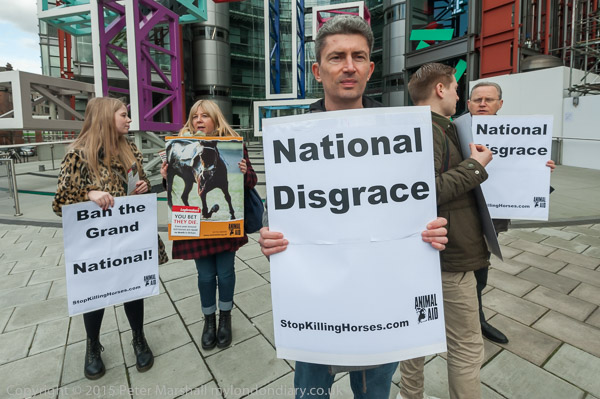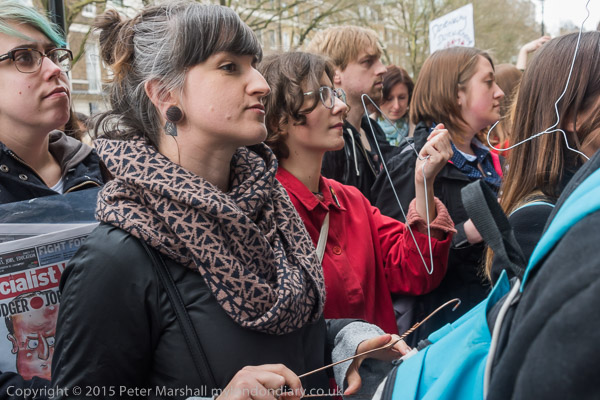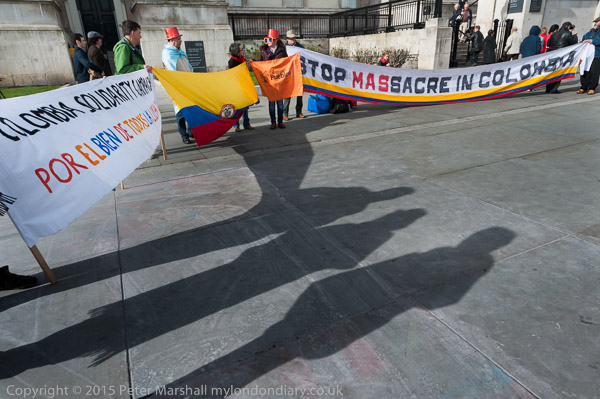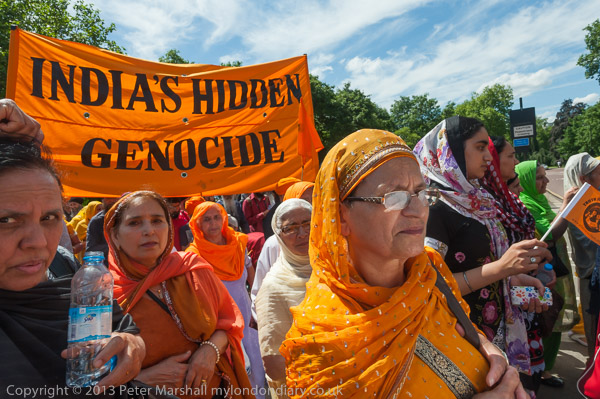
Every year around the 8th June, Sikhs march in London to remember the 1984 destruction at the Golden Temple in Amritsar. The Soviet government forged documents in 1982 to show that Sikh militants were getting CIA support for their plans to establish an independent Sikh state of Khalistan in the Punjab and these were taken seriously by Indian intelligence services and prime minister Indira Gandhi, who on June 1st 1984 sent in the Indian Army in Operation Blue Star, attacking scores of Sikh temples across the Punjab.
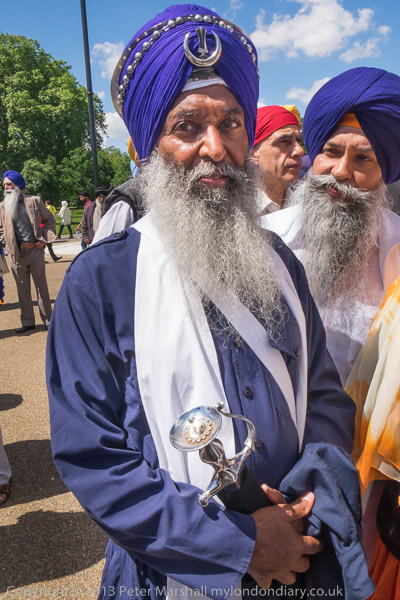
On 3rd June Indian forces surrounded the Golden Temple in Amritsar where many of the militants who were well armed had taken refuge, along with thousands of pilgrims who were there for the anniversary of the death of the fifth guru, Arjan Dev Ji. The siege lasted several days and many were killed, mostly pilgrims who had been allowed by the army to enter on the 3rd June but not allowed to leave later that day. As they secured the Temple, the army carried out many executions of those they detained and fired on men and women as they were trying to follow army orders to leave.
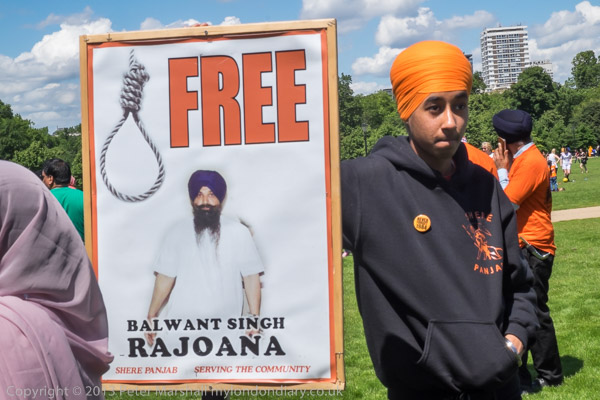
Acoording to Rajiv Gandhi, around 700 Indian Army soldiers were killed in the attack, although the official figure was 83. There are also huge discrepancies between the official figures of those who died inside the Temple, with an official figure of 554 casualties and independent estimates of 18-20,000.
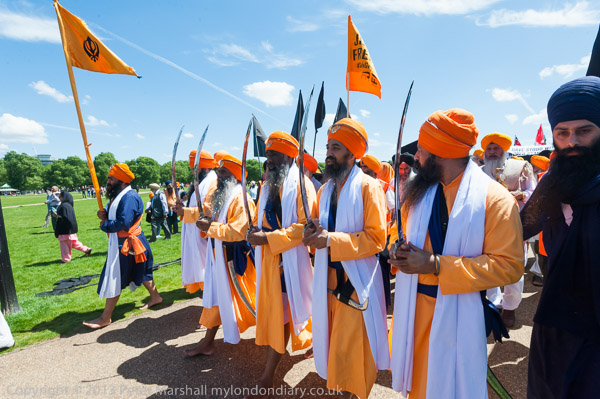
Many Sikhs resigned from official positions and soldiers left the Indian Army after this assault on their religion, and five months later Indira Gandhi was assassinated by her Sikh bodyguards in an act of revenge. This in turn led to anti-Sikh riots in which thousands of Sikhs were killed.
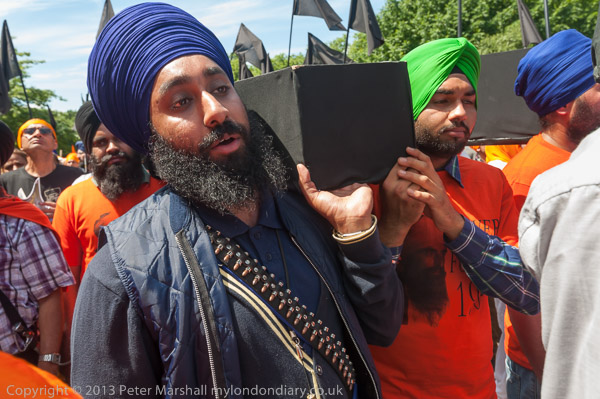
Many Sikhs still continue to call for an independent Sikh homeland, Khalistan, combining parts of the Punjab in both India and Pakistan that were severed at partition in 1947 when the whole area was divided between the two and Sikhs, along with other minorities were sidelined. Both political and military activities continue as does their repression by the Indian government, with many Sikhs held in Indian prisons, some under threat of hanging.
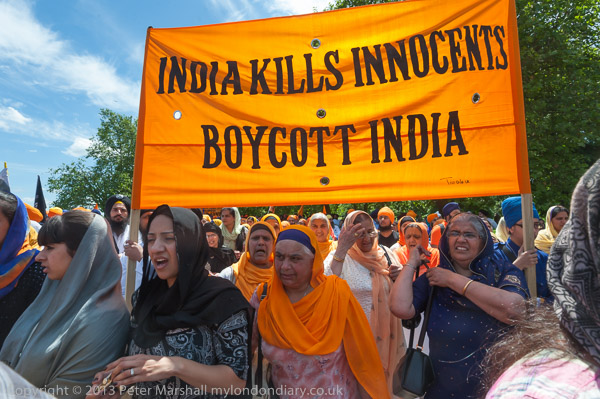
Feelings still run very high, and in 2013 four Sikhs were found guilty of attacking one of the generals who led the attack on the Temple, long retired and on holiday in London with his wife. Police have often taken a very keen interest in the annual march and prevented people from carrying some placards and posters which support the proscribed organisation Babbar Khalsa. The pictures here are from the march on Sunday 8th June 2014, which I left as the last of the protesters went down Park Lane on their way to a rally in Trafalgar Square
Sikhs march for Truth, Justice & Freedom
Protest Against Egypt Death Sentences
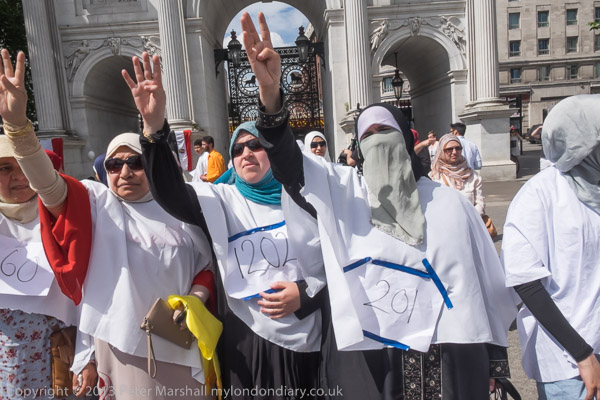
Also taking place on Sunday 8th June 2014 was a protest against the the 1,212 death sentences imposed on Islamists in Egypt, which was taking place as the new Egyptian president, Abdel Fattah el-Sisi, was sworn in. These included 529 members of the Muslim Brotherhood sentenced in 2014 following an attack on a police station in 2013.
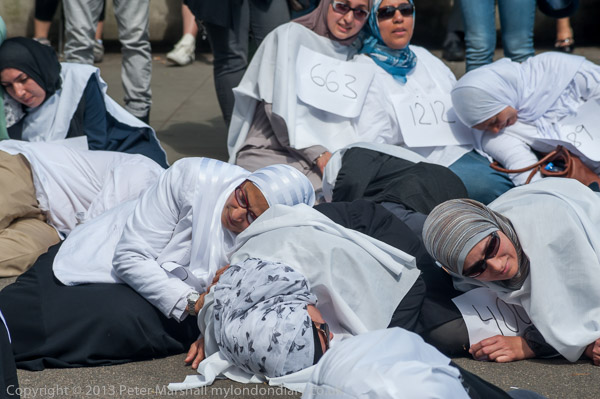
There was a mock trial. People wearing numbers to represent the prisoners made the Islamist R4BIA (Rabia) sign and the event ended with a die-in in front of Marble Arch.
Protest Against Egypt Death Sentences
All photographs on this and my other sites, unless otherwise stated, are taken by and copyright of Peter Marshall, and are available for reproduction or can be bought as prints.
